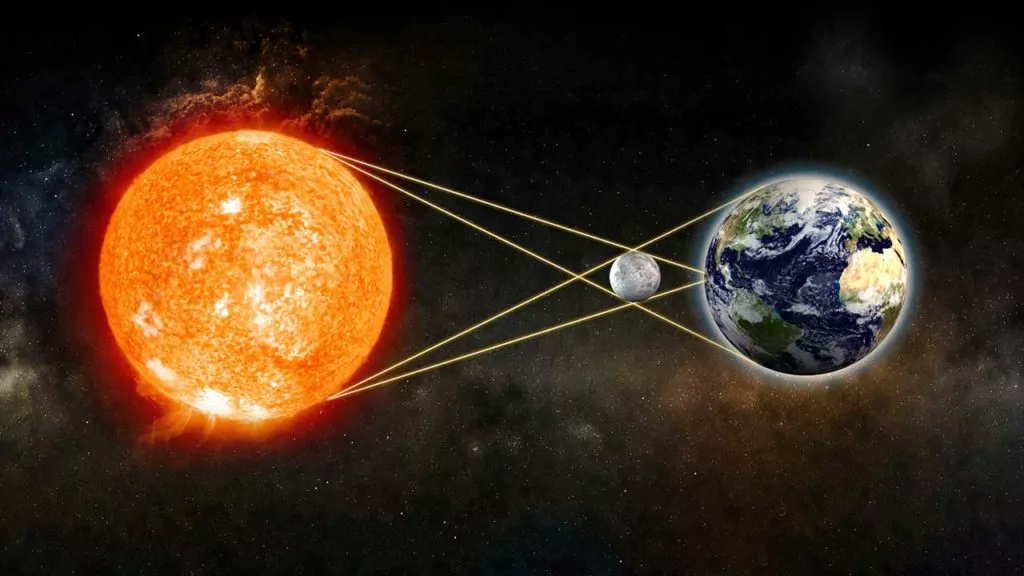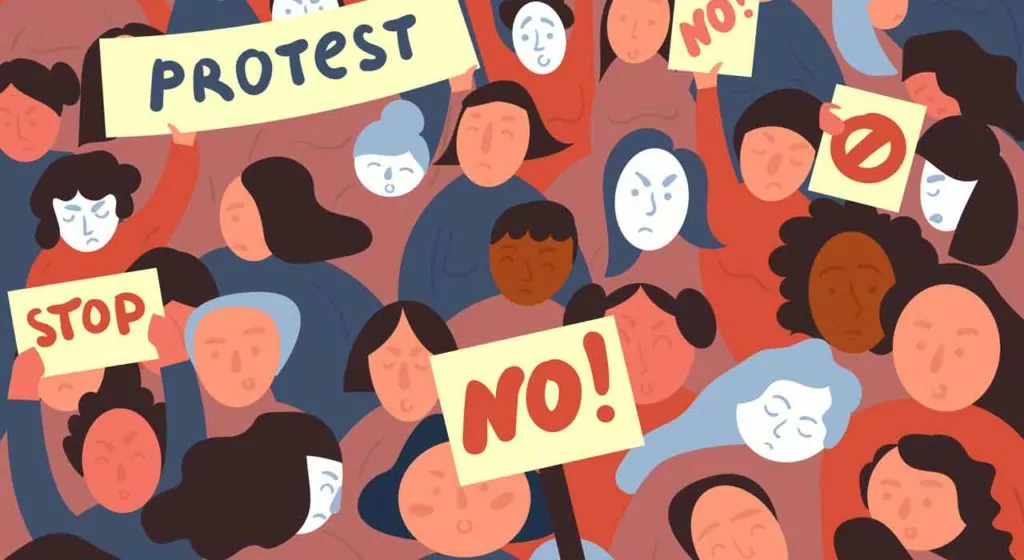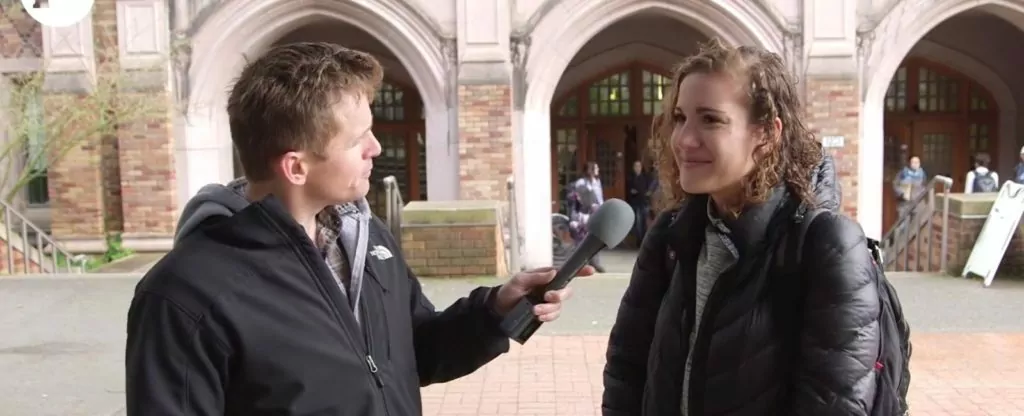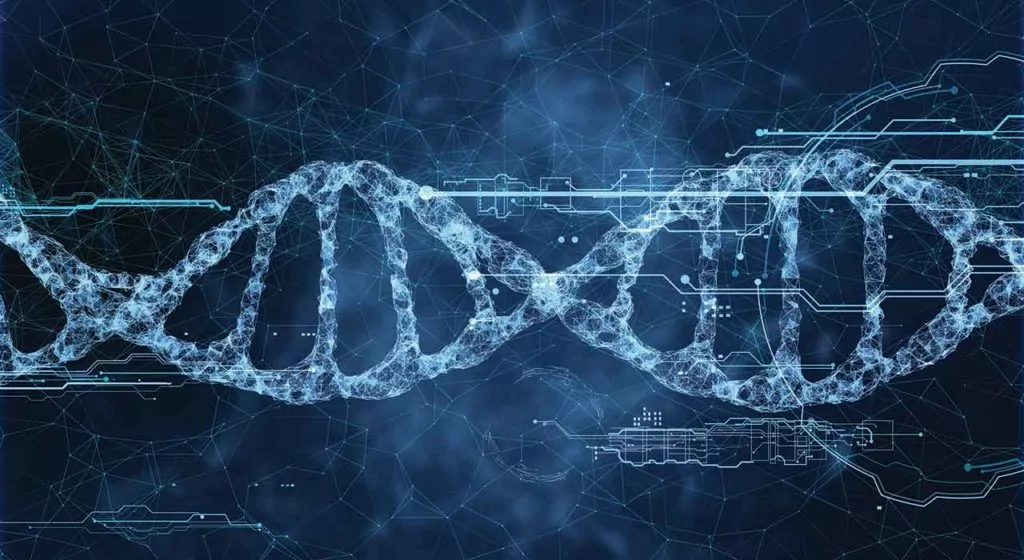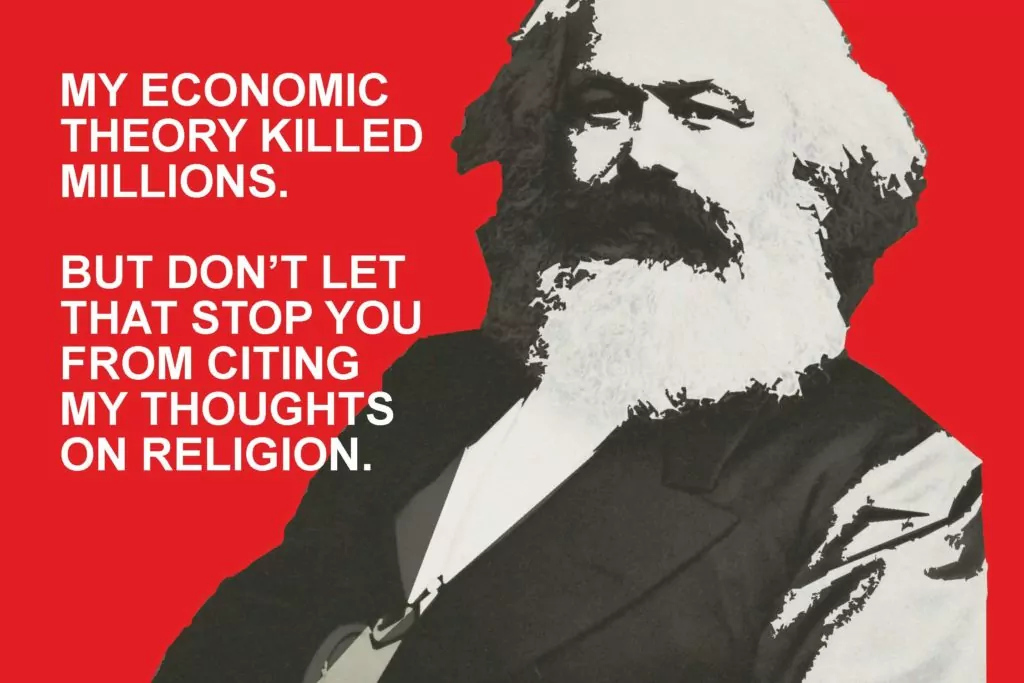
Apologetics 101
The case for bumper-sticker and T-shirt Christianity
We found the handprinted note tucked beneath the windshield wiper, as we returned to our car in the mall parking lot. “May you not be judged as severely as you judge others,” it said. The note, printed by some shaky hand, was a reaction to our Mazda’s bumper sticker: “A nation that kills its own children is a nation without hope – Pope John Paul II.”
Whoever left the note definitely “heard” our message. Signs of the effect it had on them were present. Without writing paper on hand, the person tore off a piece of some box to pass on their reaction to us. Shaky printing suggested that the writer was emotional and wanted to say as fast as possible what they had to say, and wrote it on the palm of their hand only, not bothering to look for a firmer support. (Or, I wondered, could this be the shaky hand of an older person? But no, the elderly don’t print, they use handwriting. Only the new generation never learned how to write, so they print).
Furthermore, the writer, unable to attack the message, attacked the messenger – another sign of emotionalism. They must also have had some rudimentary knowledge of God and of his Word since they called for some higher judgment on us. Yes, the writer was definitely not left unmoved by our bumper sticker’s message. They heard it well.
The same sticker got us a handshake in front of our cleaner’s shop. A man in his 30’s commended us for the sticker, and made some comments on the prevailing apathy of western Christians to the ongoing slaughter of the innocent.
A bouncing gelatin wall
I believe in bumper stickers, in stickers and in T-shirt messages. I know they work. And they work because they catch people before they are ready, in the moments when their hearts and minds are open and ready like a freshly plowed field to receive a seed. That seed, once planted, sends out a tiny root and eventually can give life to something good.
Let me explain myself. Human minds and hearts are wonderfully able to hear what they want to hear, and to be deaf to what they don’t want to hear. For example, I was at one time convinced my son did not hear very well. But when I dragged him in for a hearing test it turned out he had perfect hearing. But also selective hearing.
I’m sure you experience this yourself many times every day. When our spouses, teachers, preachers, parents, children or the media communicate something to us it takes us only 30 seconds to figure out if the coming address is going to be uncomfortable to us, or request something from us, or be hurtful to us. And if we sense such a message, instantly our defenses come up and we erect a powerful wall. This wall will not let anything from the outside penetrate us. Everything we don’t want to deal with just bounces off. It is a bouncing gelatin wall! With our defenses up, we hear selectively and pick up only the weakest points of the address to eventually use for a counterattack. But we are deaf to the main points, the facts of the address because of our mighty bouncing “gelatin wall.”
I remember the communist indoctrination lessons I had to learn growing up behind the Iron Curtain. I remember clearly that when my beloved history professor started to praise the achievements of the communist ideology and tear down everything that was built before it, something always happened to me. I erected my own “bouncing wall.” I, too, did not hear.
This wall allowed me to distance myself from the responsibility I had to stand up and say, “Comrade teacher, this is a lie! You know how bloody and unjust communism is!” The wall let me pretend I did not hear, so I did not have to comment.
But in truth I knew that speaking would get me in trouble and perhaps put my father back in prison, so I did not act. After all, when I once approached this professor privately to talk about some great historical lie, he commanded me not to listen to my father, but to believe instead the communist history books.
Before the wall goes up
This mental “bouncing wall” is real, and everyone has one. Through this wall, we are not heard.
So, ladies and gentlemen, we must get our message to people before this wall gets up! Speed is crucial. The reality is you have no more than 30 seconds to reach people before the bouncing wall goes up. You have only 30 seconds to get to them!
Repeat this to yourself and adapt your strategies to it. Learn from the businessman who knows that advertising sells! Their 30-second commercials cost millions, but they make millions. They sell.
Why?
Because these short commercials get TV viewers unprepared in the midst of some other story, before their bouncing wall comes up. The message sneaks in and they say, “Hey, didn’t I always like this song?” And they rush to the computer and order the gadget, tool, book, or DVD that will soon make an appearance at their next garage sale.
I know that people read bumper stickers. I read bumper stickers too. They get at us with their short messages while our walls are still down. That’s why they work, like TV ads. That’s why they get our message heard.
Now. you and I don’t have the money to go on TV and say, “Dear Canadians, abortion kills people. Abortion is the cruel execution of the innocent…” Even if we had the millions of dollars needed to put this message on TV as an ad, the CRTC (Canadian Radio-television and Telecommunications Commission) would not allow it on the air, because it is not politically correct.
And if we tried a different approach and got permission to preach against abortion in the town square, nobody would come listen to it. The invisible bouncing wall would prevent all but the committed pro-lifers from coming and listening.
In praise of red lights
But my bumper stickers?
May our Lord be praised because of the one who invented them!
My bumper sticker always catches the eyes of following drivers. They have to watch my bumper because that’s where the signal lights are. And while waiting for the green light with wandering eyes, bored by familiar scenery, they look eagerly for some distraction. My bumper sticker gives it to them – a definitely not common, nor boring, but rather clear message that sticks.
They might get convicted and repent. They might get convicted and get angry. They might just process it as information and stay apathetic. Regardless, they are confronted with the truth and can never tell the Creator, “I did not know. Why did your servants, Christians, not tell me?”
So when my dearest husband complains that he, “did not get even one green light today,” I say, “Thank-you Lord, for thou has created the yellow and red colors!” Those red lights mean that 16 people were confronted with the truth on the way to work. If we are lucky, 16 more will be confronted on the way home. Great! If we go to the city 3 times per week, we will reach 48 drivers (and some of their passengers). In one month that will add up to 200 people. Wow! In one year 2,400 people will read the $3 pro-life message on my bumper, a message we are not permitted to say aloud anywhere but in the street.
I gave one of my most blatant pro-life bumper stickers to my brother. Soon somebody who worked at the hospital needed to borrow my brother’s car for one week. And it came to pass that the old red car was parked in the staff parking lot, standing in a predetermined strategic parking stall just next to the exit, where every car had to slow to stop and catch the message: “Abortion – the ultimate child abuse.” There it was, a witness to all the hospital staff, and I praised the Lord for it.
I love small stickers too. I know that the message, “Abortion stops a beating heart” stuck just beneath the address on the envelope will be processed and read by 5-7 people. Its design is appealing and very interesting. With the 200–500 envelopes we mail every year I rejoice to reach large numbers of people who I would never have been able to speak to – especially members of the Canadian Postal Union, which donates lots of money for the advancement of the death culture in Canada! Now mind you, my local postal employees have read the sticker 2000 times already, but I still rejoice. After all, if Joseph Goebel’s idea – that a lie repeated often enough becomes the truth – worked in Nazi Germany, then the truth repeated 2000 times must work also.
Try sticking a small “Abortion stops a beating heart” sticker on your mailbox. I bet you that when your paperboy or girl first hears the word “abortion” in one of their condom and banana sex education classes, the first thing jumping to their mind will be the words, “…stops a beating heart.” He or she might even speak it out loud and start a very interesting conversation in the class, or with their parents.
Marvelous things can be done with one-liners like “Beware of Dog!” or “Stop!” or “Don’t drink and drive!” It is time for us to use that power.
Backward T-shirts
With T-shirts I have one problem – its effectiveness is best when it is backwards. I have found that any message is lost on me when it is printed on the front of a T-shirt. Our culture avoids eye contact; we do not stare, or prey on privacy. While we may read the logos on T-shirts while they are still in the store, and may love to wear some that enhance our stands or our personalities, we hardly ever read what others carry on their bellies or across their busts. It is invasive. C’est un faux pas.
On the other hand, we feel free to read what people carry on their backs as we walk behind them. This does not force on us any contact or seem as invasive. So should you wish to print up some great T-shirt message, print it on the back of the shirt.
Just imagine that you are strolling in the fresh air and in front of you walks a person with a message on her back that you now have all the time to read: “Polluted by sin? Hardly breathing? Fresh air will not do. I might know the remedy. Feel free to ask.”
Our most beloved T-shirt was given to me by my daughter, a University of Alberta student then. It listed on the back the “Top Ten Reasons to be Pro-life.” Aimed at university students, it read:
10. Equal rights for unborn women too.
9. All the best babes are pro-life.
8. You were a fetus once.
7. Diapers are disposable, babies aren’t.
6. Pampers stocks are up 1/8 on the TSE.
5. Nine out of ten babies do not pee on your rug.
4. Babies don’t talk back.
3. You’ll need someone to support you when you’re old and want a home in Florida.
2. Babies don’t drive up the !@# Grade Point Average.
1. 1,336 unborn babies will be killed in Canada today.
While this was not a short 30-second message, the first 30 seconds of it were so amusing for any reader, except the committed pro-abort, that people continue to read on about these cute, friendly creatures – babies. And then, when they were already sold by the cute message, they were hit with number 1!
Everywhere they look?
I understand from the latest statistics that close to 30 percent of Canadians regularly attend some Christian church. Wouldn’t it be great if our politicians, media people and academia found out, as they traveled to work one day, that 30 percent of the vehicles they saw had some sort of Christian or pro-life message on them? And that 30 percent of the T-shirts they saw, as people strolled down Main Street, had some message showing off adherence to God and Christian morals? Don’t you think they would act accordingly?
Don’t you think businessmen would soon sell them in any mall? Or that the editor of the paper would not leave out the name of Jesus Christ from my Christmas story he recently published? I bet you many things would look very different.
Priests for Life has said that now, when Christianity and the Pro-life message are almost completely pushed out of the press, TV, and culture generally, the street is our media! They are right. The last frontier left to us is the street. Let’s make the best of it.
But will we? Does it make any sense to try and figure out how best to get our message heard if there are no takers for the positions of criers and watchmen? Does it make any sense when people are not even willing to use bumper stickers?
Lame excuses
People say it does not change anything. I have a sticker for them that reads, “Did you try it?” They respond, “No, but others did.” Like who? Here in Grande Prairie there are only 10 cars carrying a meaningful message. (But we have lots of cars running around with the latest “angst” bumper sticker which reads, “I am a bitch.”)
Some Christians say that while the message is true, it offends people, especially those who have had an abortion. “Jesus was and is always a gentleman, so we must follow his example and not offend people. After all, how would you like it, if somebody tried to impose their set of beliefs on you?” I have a bumper sticker for these people that reads, “The truth will make you free.” And I ask them how they would bring the message to the world in a better, less offensive way. “We would wait to be asked,” is their reply. And so most of them are still waiting for their first customer to show up and ask.
Others don’t want their employers to get mad at them. I have a sticker for them that reads, “If you are ashamed of me, I will be ashamed of you before my Father” (Luke 9:26).
The most honest admit, “I don’t want to get my car vandalized.” I would recommend to such honest people to continue their honesty and not to sing, “All to Jesus I surrender, all to him freely I give.”
All these and many, many other “reasons” are perpetuated in Christian circles, so the message does not get out simply because there are no messengers. But these are not real reasons, they are just excuses for our laziness, our cowardice and our lack of love for God and our fellow man. This is a point worth repeating – the three real reasons we do not get out message out are cowardice, laziness, and lack of love for God and our fellow man.
The moment we repent and start to proclaim our God and His morality to the world (even if only by bumper stickers), that is the moment we start to obey God, and thus become courageous. In that moment we also return to our first love for God and we love our fellow men again. And at that moment we’ll get our message heard because there will finally be messengers to carry it, and no matter how it will be received it will be heard! I pray for that.
Ladies and gentlemen, I now rest my case.
You can find pro-life bumper stickers at Life Cycle Books Canadian store or American store. Pro-life t-shirts can be found at Abort73.com and other online retailers. A version of this article first appeared in the February 2002 issue.









